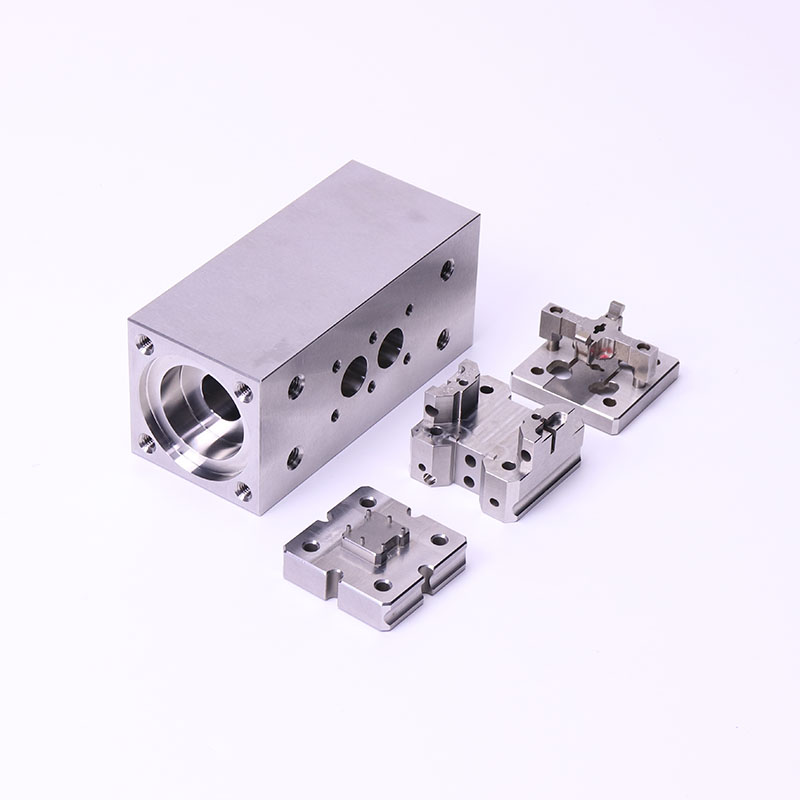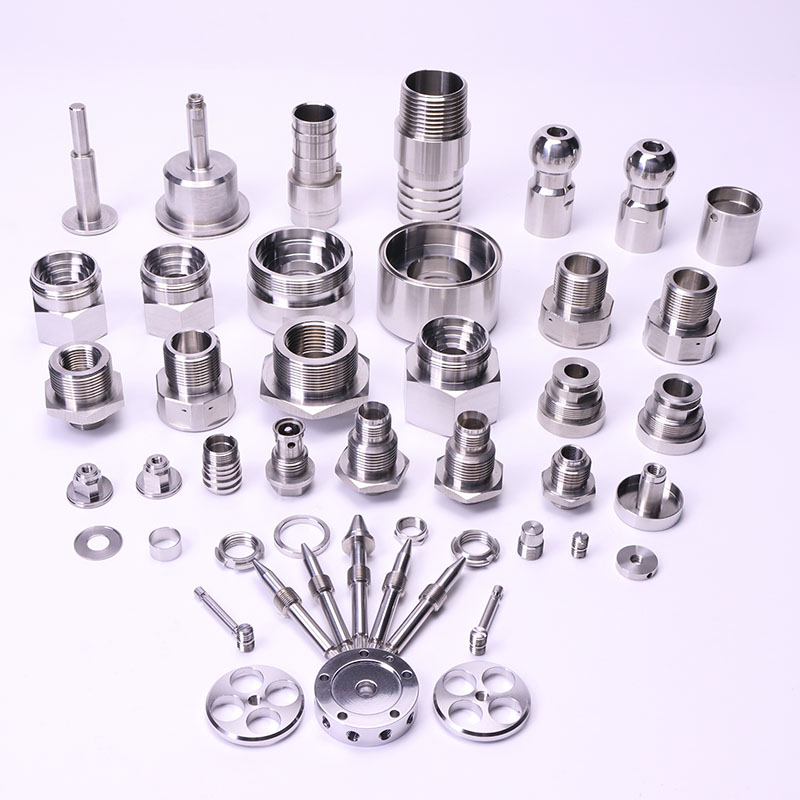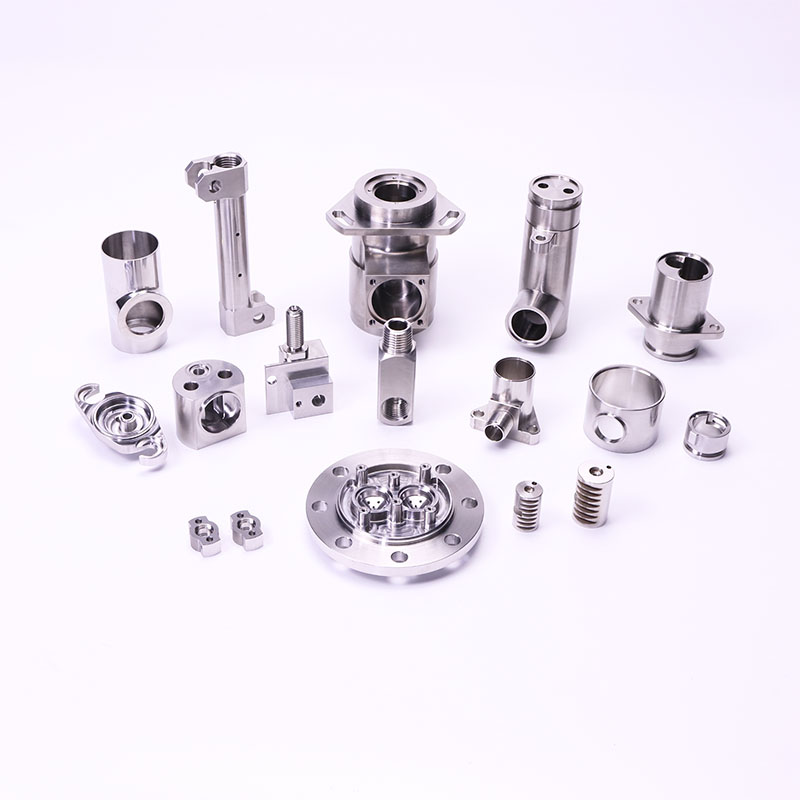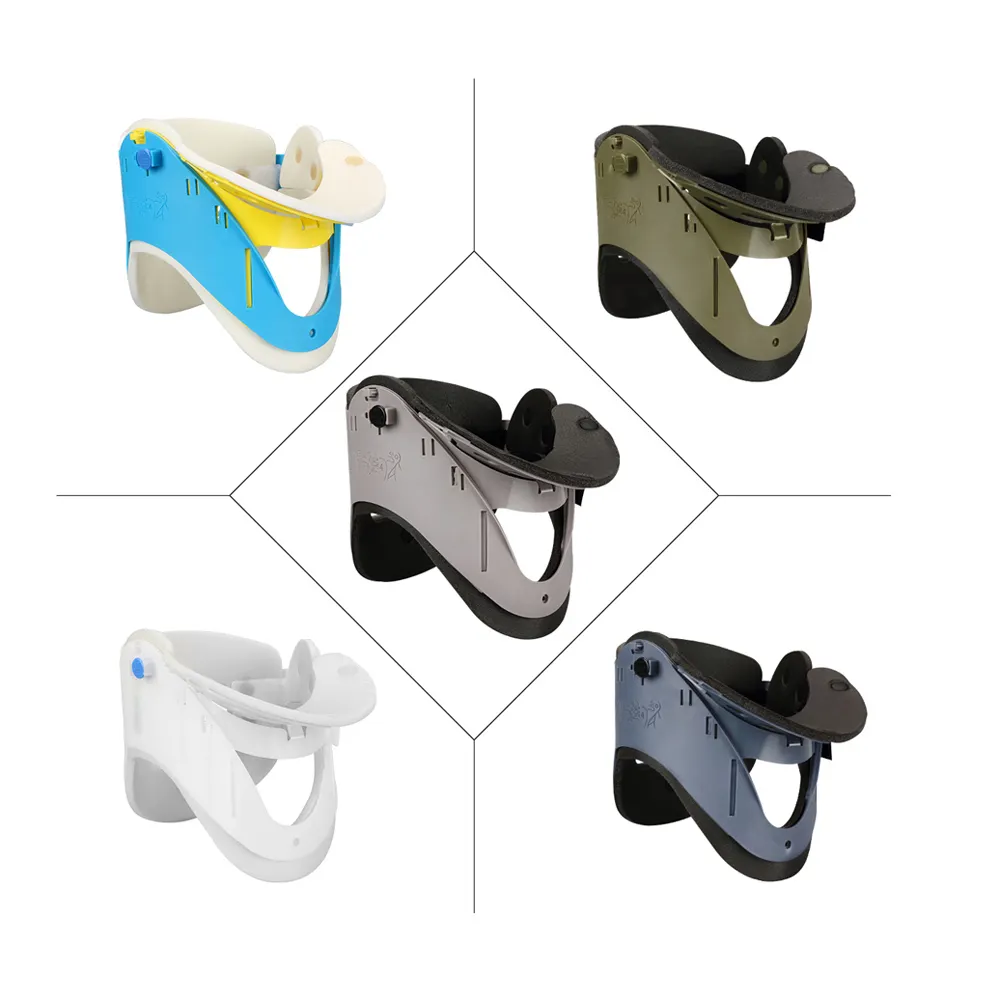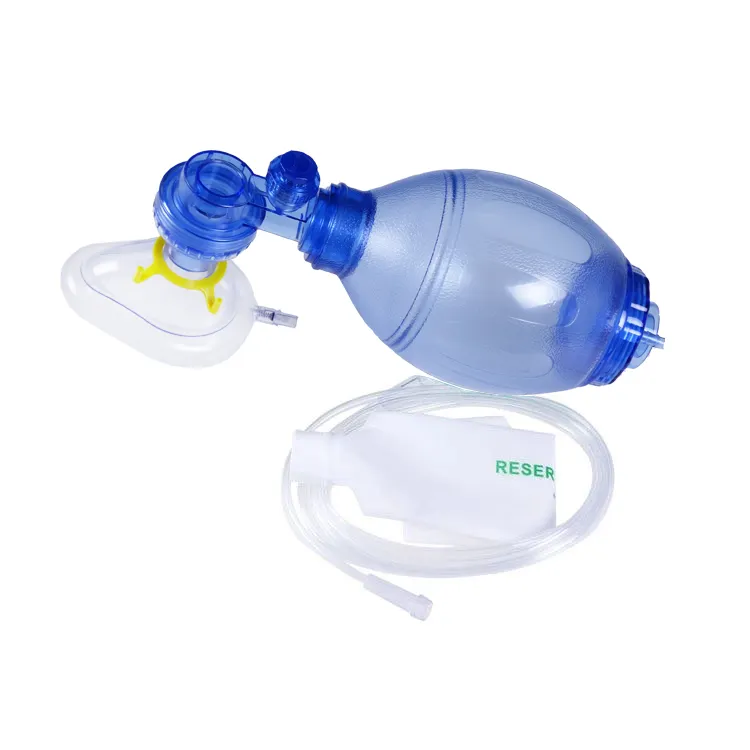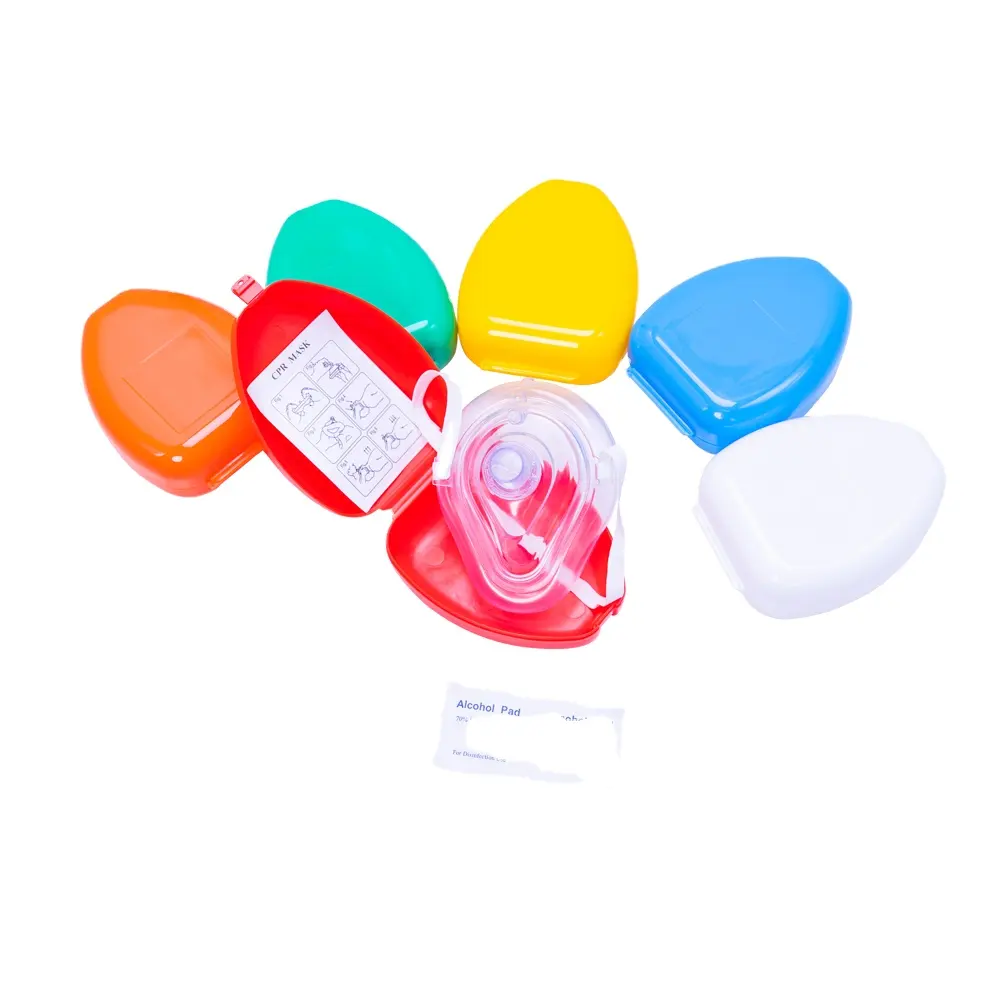Introduction
In the ever - evolving landscape of modern manufacturing, 5 axis CNC machining has emerged as a game - changer. It enables the creation of highly intricate and complex parts that were once considered beyond reach. However, like all technologies, it is not without its flaws. In this blog post, we will dissect 5 axis CNC machining, exploring its advantages, disadvantages, and how to navigate the challenges it presents. By understanding these aspects, businesses and individuals seeking machining services can make more strategic choices.
1. The Basics of 5 Axis CNC Machining
1.1 What is 5 Axis CNC Machining?
5 axis CNC machining involves the simultaneous movement of cutting tools across five axes, namely the three linear axes (X, Y, Z) and two rotational axes (A, B). This allows for the creation of highly complex and intricate parts with greater precision and efficiency compared to traditional 3-axis machining.
1.2 How Does it Work?
The process begins with creating a 3D CAD model of the desired part. This model is then converted into G-code, which contains the instructions for the CNC machine to follow. The machine's cutting tools move along the specified axes to cut the workpiece into the desired shape, all under computer control.
1.3 Types of 5 Axis CNC Machines
There are mainly three types of 5 axis CNC machines: head/head, head/table, and table/table configurations. Each type has its own advantages and is suitable for different types of machining tasks, depending on factors such as part size, complexity, and required precision.
2. Advantages of 5 Axis CNC Machining
2.1 Enhanced Precision
With the ability to move in five axes, 5 axis CNC machines can achieve extremely high levels of precision. This is crucial for industries such as aerospace and medical, where even the slightest error can have significant consequences. For example, in the aerospace industry, 5 axis machining is used to produce turbine blades with complex geometries and tight tolerances, ensuring optimal performance and safety.
2.2 Increased Efficiency
The simultaneous movement of multiple axes allows for faster machining times compared to traditional methods. This means that parts can be produced more quickly, reducing lead times and increasing productivity. In the automotive industry, 5 axis CNC machining is often used to manufacture engine components, enabling faster production without sacrificing quality.
2.3 Greater Design FreedomGreater Design Freedom
5 axis machining enables the creation of complex shapes and geometries that would be difficult or impossible to achieve with 3-axis machines. This gives designers more freedom to innovate and create unique products. For instance, in the consumer electronics industry, 5 axis machining is used to produce sleek and stylish casings for smartphones and other devices.
3. Disadvantages of 5 Axis CNC Machining
3.1 High Cost
One of the main drawbacks of 5 axis CNC machining is its high cost. The machines themselves are significantly more expensive than 3-axis machines, and they also require more advanced software and skilled operators. This can make it difficult for small businesses or startups to invest in this technology. According to industry reports, the cost of a 5 axis CNC machine can range from several hundred thousand to over a million dollars, depending on its size and capabilities.
3.2 Complex Programming
Programming a 5 axis CNC machine is more complex than programming a 3-axis machine. It requires a higher level of expertise and knowledge of advanced CAM software. This can lead to longer setup times and increased potential for errors. In addition, any changes to the design or dimensions of the part may require significant reprogramming, which can be time-consuming and costly.
3.3 Tooling Limitations
Most CNC cutting tools are designed for 3-axis machining and may not be suitable for 5 axis operations. Specialized tooling is often required, which can be more expensive and may have limited availability. Moreover, the complex geometries and tight spaces involved in 5 axis machining can make it challenging to select the right tools and tool paths to achieve the desired results.
4. Conclusion
5 axis CNC machining offers significant advantages in terms of precision, efficiency, and design freedom, making it a valuable technology for many industries. However, it also comes with certain disadvantages, such as high cost, complex programming, and tooling limitations. By understanding these drawbacks and implementing appropriate strategies to overcome them, businesses can harness the full potential of 5 axis CNC machining and gain a competitive edge in the market. It is important to carefully evaluate the specific requirements and constraints of each project before deciding whether 5 axis CNC machining is the right choice. With proper planning and investment, this technology can open up new opportunities for innovation and growth in the field of machining services.
References
[1] RapidDirect. What Is 5-Axis CNC Machining and How Does It Work.
[2] Revolutionized. The Pros and Cons of 5-Axis Machining.
FAQs
1.What are the main disadvantages of 5 axis CNC machining?
Answer: The main disadvantages include high cost (expensive machines and software), complex programming (demanding knowledge), and tooling limitations (specialized tools needed).
2. How can small businesses afford 5 axis CNC machining?
Answer: Small businesses can consider sharing machines with others or leasing instead of buying. This helps reduce upfront costs and makes it more affordable.
3. What industries commonly use 5 axis CNC machining?
Answer: Industries like aerospace (e.g., Boeing), automotive (e.g., BMW), and consumer electronics (e.g., Apple) commonly use it for complex parts.
4. How to overcome the complex programming in 5 axis CNC machining?
Answer: Invest in training and education for operators and programmers. Specialized courses can help them master the required skills.
5. Why are tooling limitations a problem in 5 axis CNC machining?
Answer: Standard tools for 3 - axis machining may not work for 5 - axis. Specialized tools are hard to source, expensive, and may have long lead times.
Contact Info
Mr. Brook Lin
Job Title: Sales manager
E-mail: [email protected]
Mob/WhatsApp:+86 13599927066
Wechat:+86 13599927066 Skype:+86 13599927066
Country/Region: China (Mainland) Province/State: Fujian
Operational Address: Building 172, Tongan Industrial Zone, Tongan Area, Xiamen, Fujian, China (Mainland) Zip: 361100

